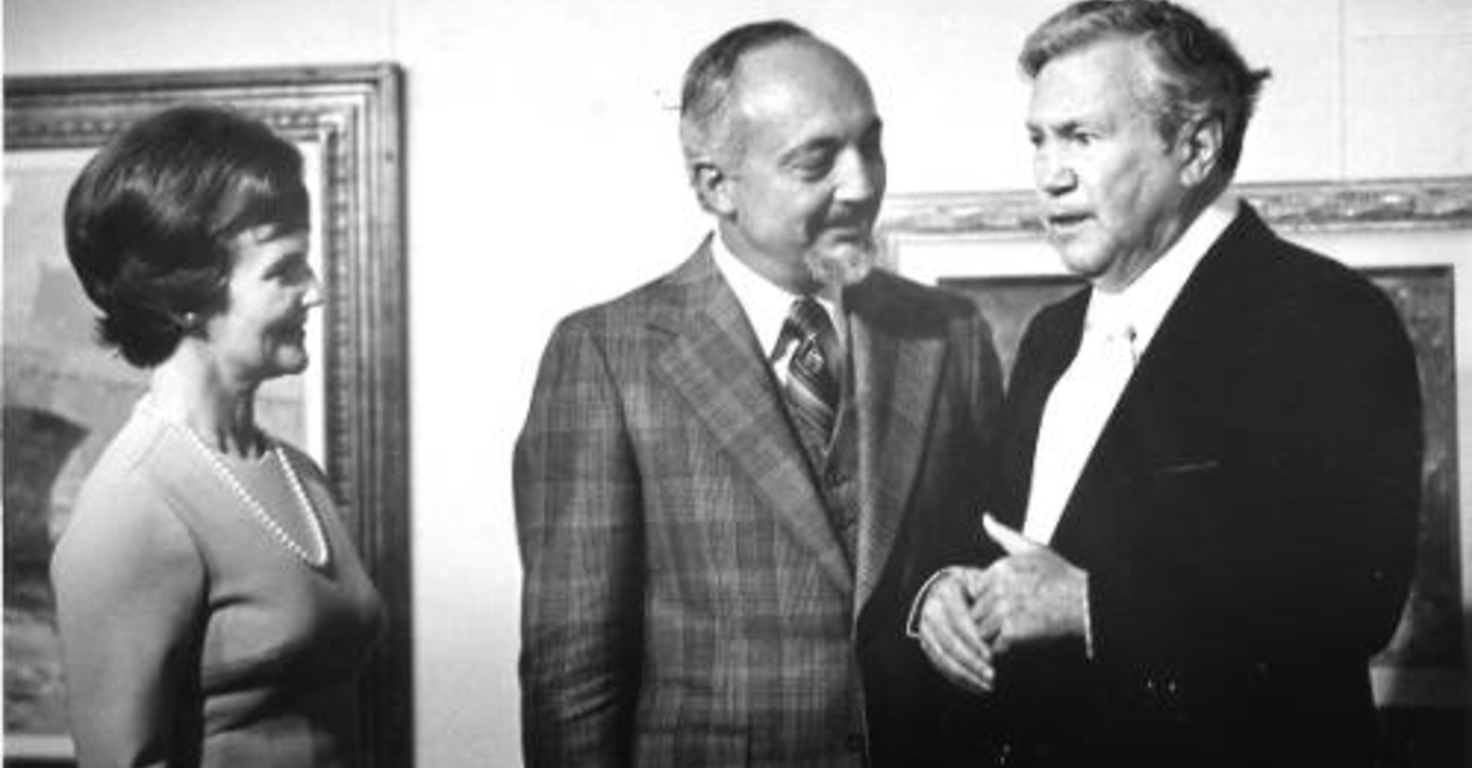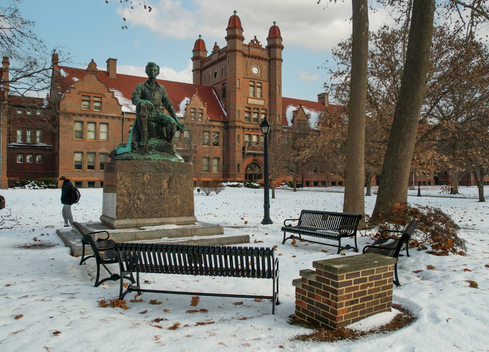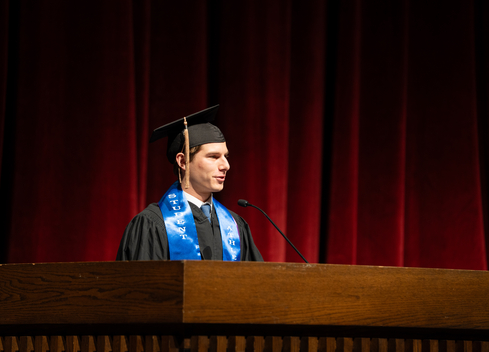DECATUR, Ill. – Long before he became one of Walt Disney’s most trusted artists and the artistic hand behind the first map of Disneyland, Herbert “Herb” Ryman was a Millikin University student sketching dreams in Decatur classrooms.
Ryman attended Millikin University from fall 1927 through fall 1928, where his natural artistic talent began to shine. His time on campus was briefly interrupted in early 1929 when he contracted scarlet fever, which put him in quarantine and kept him away from classes that spring. By the following summer, a local news article announced his plans to enroll at the School of the Art Institute of Chicago, where he graduated cum laude in 1932.
Ryman’s family had deep connections in Decatur as his mother, Cora B. Ryman, served as Superintendent of Macon County Schools from 1923 to 1939. His sisters, Lucille and Christine, also attended and graduated from Millikin.

After graduating from the Art Institute, Ryman joined the art departments of MGM and 20th Century Fox, working under legendary art director Cedric Gibbons. He contributed concept work for classic films such as "David Copperfield," "A Tale of Two Cities," "Mutiny on the Bounty," "Anna Karenina," and even the Emerald City sequence in "The Wizard of Oz."
In 1938, Ryman joined Walt Disney Studios, serving as an art director on "Fantasia" and "Dumbo." His career reached a turning point in 1953 when Walt Disney asked him to stay after hours one weekend to help visualize his new idea: Disneyland.
Over that weekend, Ryman sketched the first-ever presentation map of Disneyland, the same artwork that helped Disney secure financing to build the park. The original drawing -– often called “the map that sold Disneyland” -- is one of the most iconic pieces of art in Disney history.
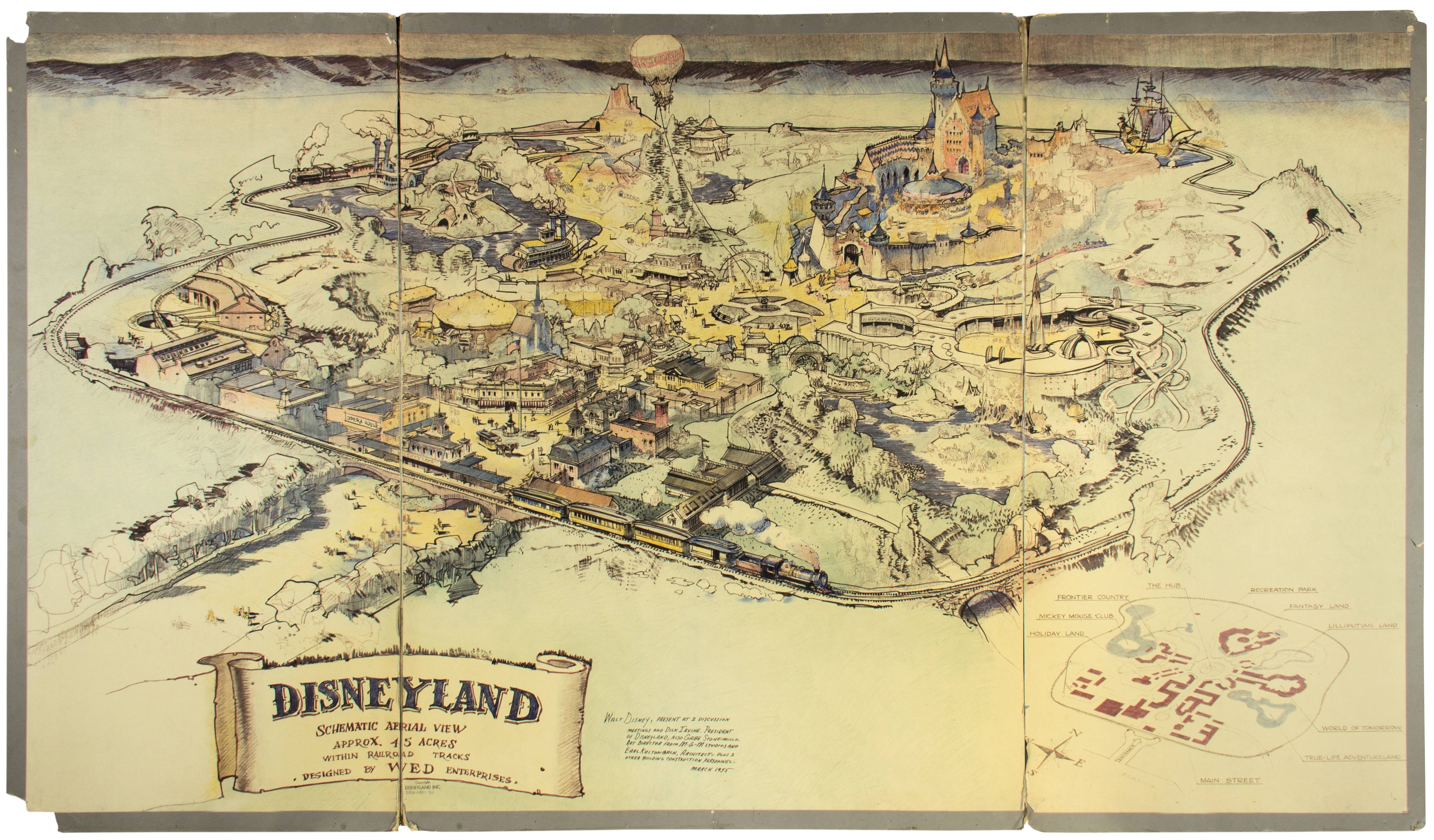
Ryman went on to play an instrumental role in the design of Sleeping Beauty Castle at Disneyland and Cinderella Castle at Walt Disney World. He contributed to Main Street, U.S.A., New Orleans Square, and later to concept art for EPCOT and Tokyo Disneyland. His attention to storytelling through design helped define the visual language of Disney parks worldwide.

Though his professional journey took him to Hollywood and the Magic Kingdom, Herb Ryman never forgot his beginnings, and even after leaving Decatur, Ryman’s connection to Millikin endured. In November 1973, he returned to campus for a solo exhibition titled “The Visual, Versatile World of Herbert Ryman” at the Kirkland Fine Arts Center Gallery, showcasing decades of his work. Three years later, in 1976, Millikin honored him as Alumnus of the Year -– a recognition that celebrated his worldwide artistic impact and honored his Decatur roots.
Ryman also painted the Presidential portrait of Millikin President Dr. J. Roger Miller, who led the University from 1971 to 1991. Today, the picture hangs today outside of Keauper Hall in the Perkinson Music Center.
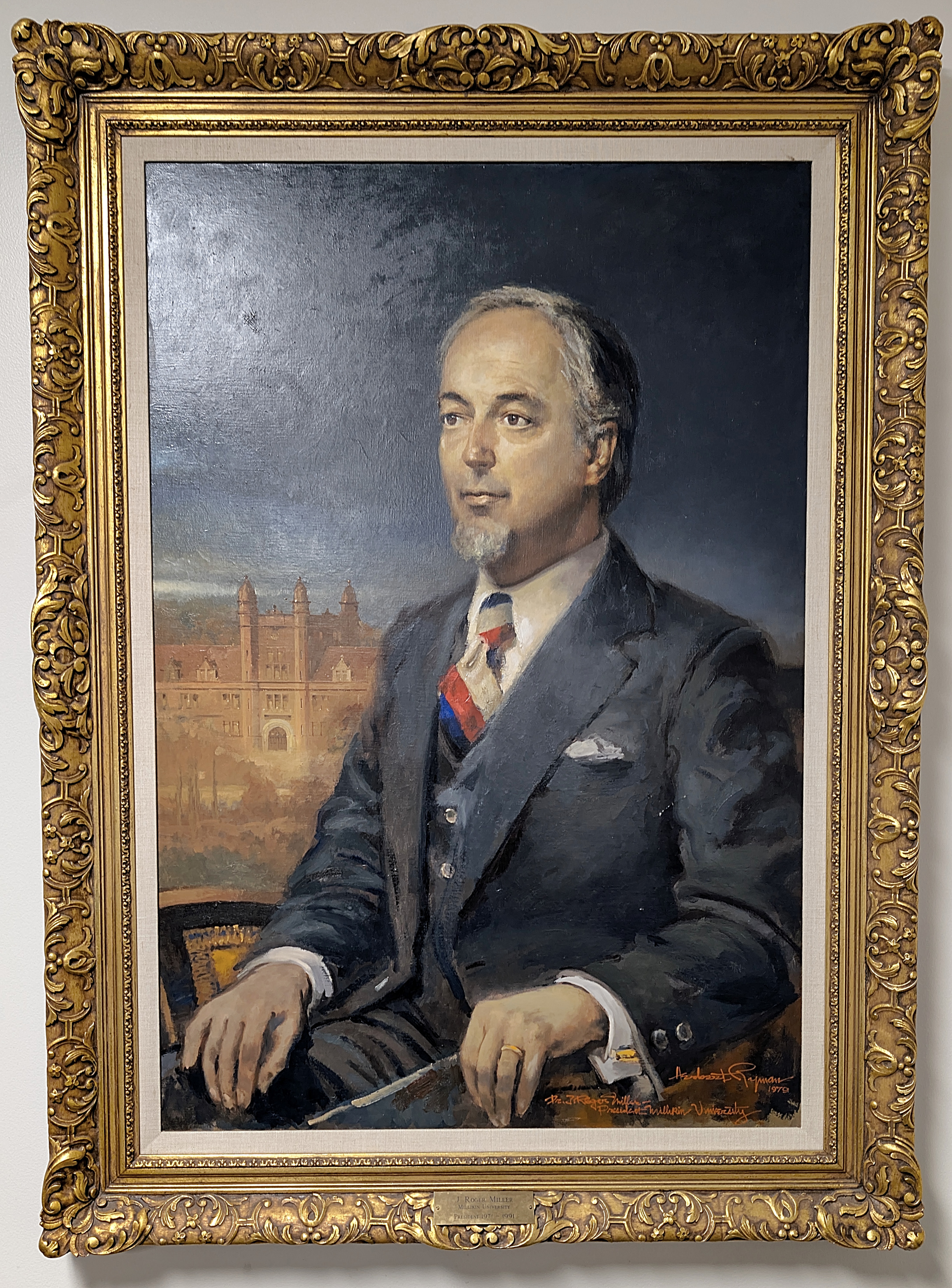
Before his passing in 1989, Ryman continued consulting with Walt Disney Imagineering, shaping projects such as The American Adventure and the China Pavilion at EPCOT. He was posthumously honored as a Disney Legend in 1990, recognizing his indelible mark on the company’s creative history.
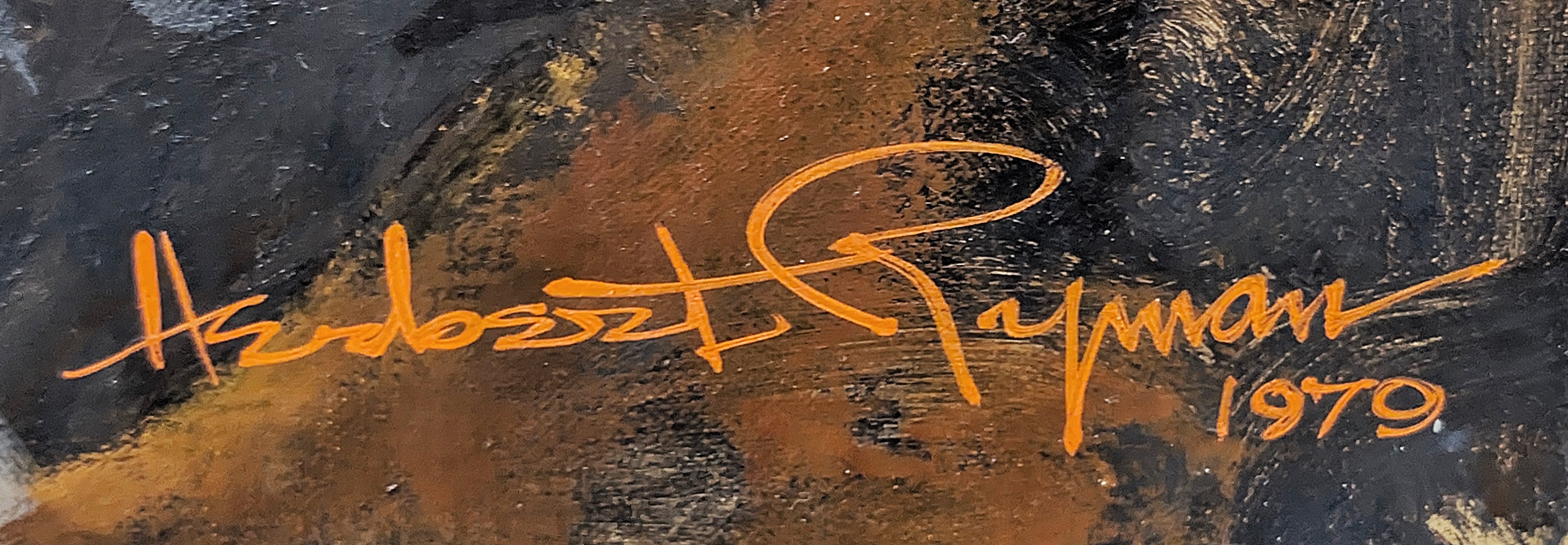
In his honor, friends and family founded Ryman Arts in Los Angeles, a nonprofit program providing free, college-level art instruction to high school students, carrying forward his lifelong belief in art as both discipline and joy.
